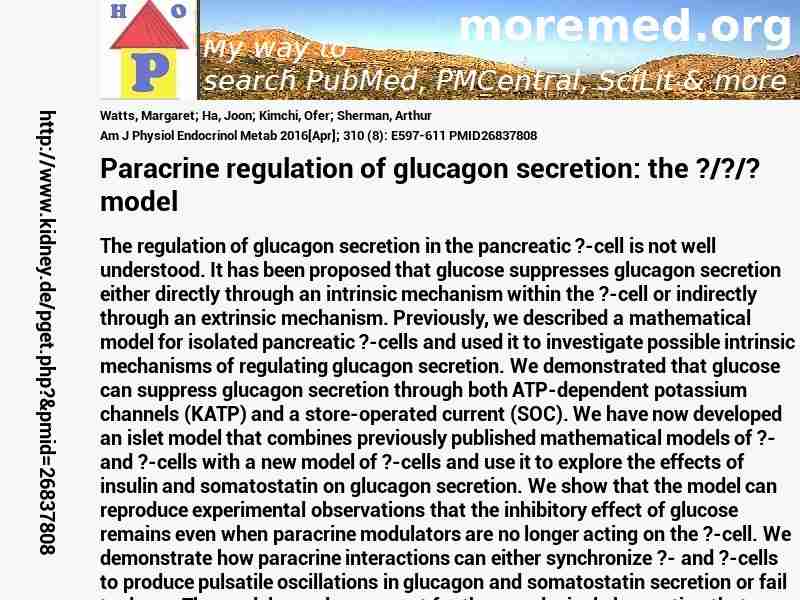10.1152/ajpendo.00415.2015
http://scihub22266oqcxt.onion/10.1152/ajpendo.00415.2015

C4835945!4835945!26837808
 free free
 free free
 free free
|  
Deprecated: Implicit conversion from float 211.6 to int loses precision in C:\Inetpub\vhosts\kidney.de\httpdocs\pget.php on line 534
 Am+J+Physiol+Endocrinol+Metab 2016 ; 310 (8): E597-611 Am+J+Physiol+Endocrinol+Metab 2016 ; 310 (8): E597-611
Nephropedia Template TP
gab.com Text
Twit Text FOAVip
Twit Text #
English Wikipedia
|

 free
free free
free free
free